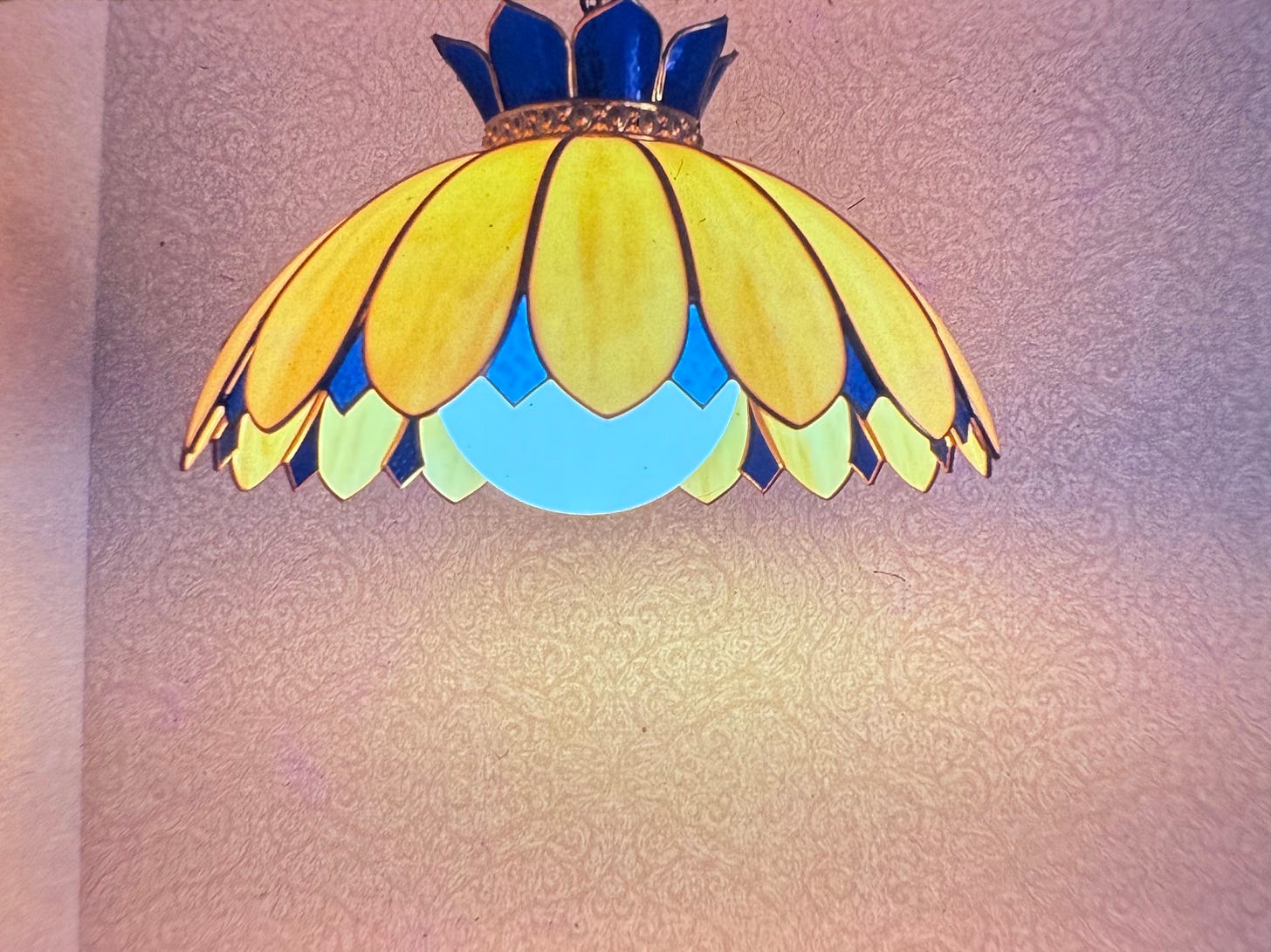
At first glance, dialogue and quotation marks may seem like they belong more in the realms of fiction and nonfiction than in poetry. But in fact they’re brilliant tools for encasing a voice or voices in a poem—and/or accomplishing a whole host of other things.
Rhythm, Pacing, & Clarity
Consider the opening verses from Alice Notley’s poetry novel, The Descent of Alette (1992):
"One day, I awoke" "& found myself on" "a subway, endlessly" "I didn't know" "how I'd arrived there or" "who I was" "exactly" "But I knew the train" "knew riding it" "knew the look of" "those about me" "I gradually became aware—" "though it seemed as that happened" "that I'd always" "known it too––" "that there was" "a tyrant" "a man in charge of" "the fact" "that we were" "below the ground" "endlessly riding" "our trains, never surfacing" "A man who" "would make you pay" "so much" "to leave the subway" "that you don't" "ever ask" how much it is" "It is, in effect," "all of you, & more" "Most of which you already" "pay to live below" "But he would literally" "take your soul" Which is what you are" "below the ground" "Your soul" "your soul rides" "this subway" [...]
The book continues to use quotation marks in this way throughout. Notley includes an author’s note at the front to prepare the reader, explaining that the quotation marks serve many functions.
First, they quite literally measure out the poem. Each phrase within quotes contains poetic feet (sets of accents and syllables). Notley is concerned with marking out the music of the poetry.
She’s also concerned with conducting the music, so to speak—to carefully guide or conduct the reader. Pause here, she says with each quotation mark. Notably, she describes wanting to carefully conduct the pace and rhythm of a reader’s inner voice. I find that pretty fascinating, since these days when we speak of poetic rhythm, we usually think of how it sounds when read aloud, for example, with rhythmic slam poetry. But Notley wants to control how it sounds in our imagination.
Pauses can be inserted through myriad other devices and tools, like periods, line breaks, blank space, but she wasn’t convinced those would meet her needs. “If I had simply left white spaces between the phrases,” she writes, “the phrases would be rushed by the reader—read too fast for my musical intention. The quotation marks make the reader slow down and silently articulate—not slur over mentally—the phrases at the pace, and with the stresses, I intend.”
Notley also explains that the quotation marks help her make it clear that this isn’t her (Notley) speaking—it’s Alette, the protagonist.
(This is also a great reminder that just because a poem is written in the first person (I, me, my) that doesn’t necessarily mean the poet was writing in their own voice).
Sarcasm, Derision, Euphemism ++
The term scare quotes refers to a specific usage of the same, traditional punctuation mark for a quotation [ “ ]. Instead of quoting a voice directly, scare quotes make themselves useful by indicating the writer’s own sneer, scoff, or eye-rolling. For example:
Ali claims he’s “in love.” or
Angelika put their “perfume” on. In each of these cases, the scare quotes serve to make it clear that although Ali thinks he’s in love, the writer doesn’t believe it’s really the case. And whatever Angelika has scented themselves with (!), the writer doesn’t see it as legitimate perfume.
Scare quotes are intriguing because they allow the write to offer the main story/narrative/content while simultaneously showcasing the writer’s own opinions, all in one figurative brushstroke.
Scare quotes can also highlight or signal a euphemism, for extra emphasis or sarcasm. A euphemism is one type of idiom—both use figurative language to communicate something instead of straightforward language. Idioms come in all shapes and sizes, but euphemisms are specifically used to “clean up” something considered either private or unpleasant or both:
He told me Dwaggles the Dog had "gone to live on a farm upstate"
or
a month after they started "going all the way" she went to the “powder room” to find out whether she had "a bun in the oven" —turns out yes, she was "in the family way"
Poor Dwaggles.
(He’s a real dog, by the way… or at least, he thought he was a real dog. He politely and confidently introduced himself to my sister (“I’m Dwaggles!!”) after she rescued him from an apocalyptic landscape by swooping down in her spaceship and grabbing him, in a dream she had a decade ago. And I have never forgotten him—he made sure of that.)
Writing Challenge
Option 1—Composition:
Write a poem that consists only of two voices, each indicated by quotation marks. These “voices” might be human speech, thoughts, animals’ speech or thoughts, inanimate objects’ speech or thoughts, etc. Do not include a narrative voice, i.e. don’t write any text except for what is "voiced” by these two sources/characters.
Option 2—Revision:
Choose a poem of yours that currently has a single narrative voice (either “I,” “we,” or “he/she/it/they”). Revise it into a dialogue between two voices.
Option 3—Experimentation:
Write a poem that employs the use of this punctuation mark for something other than directly quoting speech. Use scare quotes, or create a bespoke (specially-tailored) use for quotation marks that fulfills a particular purpose in your poem.
I’d love to see what you come up with!






Once upon a time I saw your charts for sale. Are they still being sold? If so. whers?
Maybe I'm missing something, but I don't get what you mean by encasing voices. Also, do you have any suggestions for distinguishing two distinct voices in dialogue?